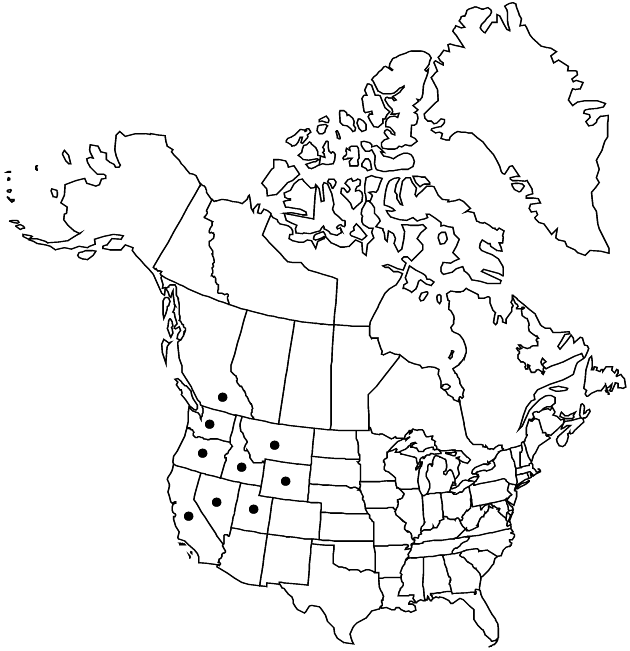Difference between revisions of "Erigeron linearis"
Contr. U.S. Natl. Herb. 11: 567. 1906.
FNA>Volume Importer |
FNA>Volume Importer |
||
| Line 11: | Line 11: | ||
|name=Diplopappus linearis | |name=Diplopappus linearis | ||
|authority=Hooker | |authority=Hooker | ||
| + | |rank=species | ||
|publication_title=Fl. Bor.-Amer. | |publication_title=Fl. Bor.-Amer. | ||
|publication_place=2: 21. 1834 | |publication_place=2: 21. 1834 | ||
| Line 17: | Line 18: | ||
|name=Erigeron peucephyllus | |name=Erigeron peucephyllus | ||
|authority=A. Gray | |authority=A. Gray | ||
| + | |rank=species | ||
}} | }} | ||
|hierarchy=Asteraceae;Asteraceae tribe Astereae;Erigeron;Erigeron linearis | |hierarchy=Asteraceae;Asteraceae tribe Astereae;Erigeron;Erigeron linearis | ||
| Line 40: | Line 42: | ||
-->{{#Taxon: | -->{{#Taxon: | ||
name=Erigeron linearis | name=Erigeron linearis | ||
| − | |||
|authority=(Hooker) Piper | |authority=(Hooker) Piper | ||
|rank=species | |rank=species | ||
| Line 55: | Line 56: | ||
|publication year=1906 | |publication year=1906 | ||
|special status= | |special status= | ||
| − | |source xml=https://jpend@bitbucket.org/aafc-mbb/fna-data-curation.git/src/ | + | |source xml=https://jpend@bitbucket.org/aafc-mbb/fna-data-curation.git/src/eaa6e58056e40c9ef614d8f47aea294977a1a5e9/coarse_grained_fna_xml/V19-20-21/V20_640.xml |
|tribe=Asteraceae tribe Astereae | |tribe=Asteraceae tribe Astereae | ||
|genus=Erigeron | |genus=Erigeron | ||
Revision as of 19:29, 16 December 2019
Perennials, 5–15(–20) cm; taprooted, caudices branched, woody. Stems erect to slightly basally ascending, sparsely strigose (hairs white), eglandular. Leaves mostly basal (persistent) or basal and cauline; basal blades linear to linear-oblanceolate, (15–)30–70(–90) × 0.5–3 mm, cauline (on proximal 1/3–2/3 of stems) slightly reduced (bases abruptly widened, thickened, white-indurate, sheathing stem) margins entire, faces loosely strigose, eglandular. Heads 1(–3). Involucres 4–7 × 8–13 mm. Phyllaries in 2–3(–4) series, strigose to villous, minutely glandular. Ray florets 25–38; corollas usually bright yellow, sometimes cream to nearly white, 4–8 mm, laminae weakly coiling. Disc corollas 3.5–5.3 mm. Cypselae 2–2.3 mm, 2-nerved, faces sparsely strigose; pappi: outer of setae, inner of 10–20 bristles. 2n = 18, 27, 36, 45.
Phenology: Flowering May–Jul(–Aug).
Habitat: Open rocky slopes, grassland, sagebrush, bitterbrush, juniper
Elevation: 700–2000(–3100) m
Distribution

B.C., Calif., Idaho, Mont., Nev., Oreg., Utah, Wash., Wyo.
Discussion
Selected References
None.
